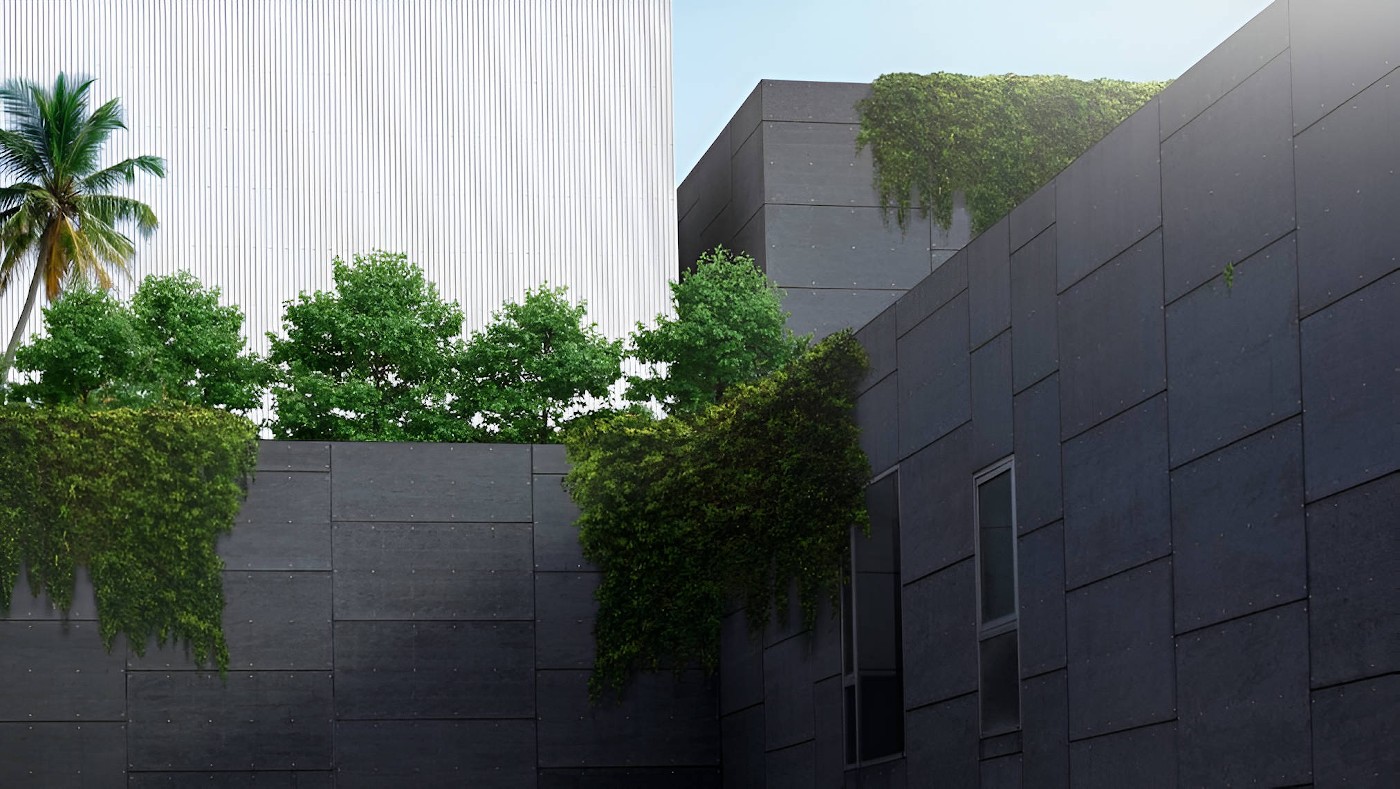Yes, because now there is growing willingness from people to do their bit for the environment and also standards and guidelines supporting them - GRIHA, LEED ratings for buildings and BEE ratings for appliances, etc.
No, because, these standards are not mandatory.
The right material in building envelope protects the occupants from the caprice of the environment. The reverse also holds true where material choice can protect the environment from the adverse effects of buildings.
Cladding is an element that is generally reserved for the last during the material selection process. We forget that it's the first line of defense of a structure. New age materials are fast replacing the conventional masonry based cladding. But some of these materials are so ubiquitous that there is a dearth of freshness in the buildings we see daily. Ask the following questions for selecting the right cladding material:
What is it made up of?
Look for materials that have natural raw materials which can be replenished in shorter cycles. If the material is wood based, it has to be sourced from sustainably managed forests.Is it Fire rated?
The recent fire tragedies across the world have shown us that material choice is the key to preventing such mishaps. Recently updated NBC helps in this regard.How is it installed?
Buildings feel suffocated with cladding systems that do not allow them to breathe. Rear ventilated façade systems let the façade breathe and, by virtue of their design, are very suitable for all types of climatic conditions.How much maintenance does it need?
Most often, it is a common tendency to overlook the future maintenance needs of cladding during the selection process. Maintainance not only requires time and money but also human effort. Using a material that requires minimal maintenance saves resources. It also saves wastage of precious water resources used in cleaning facades.What is the longevity of the material?
Materials that can withstand climate extremes define longevity. We need to look at materials that have undergone accelerated climate tests, or use materials that have proven sustainability over decades.What happens at the end of its useful life?
What happens to building materials at the end of their useful period is as critical as their performance during their lifecycle. Materials not causing adverse effects on environment even during disposal is preferred.High pressure laminates from FunderMax satisfy these requirements and are preferred for their aesthetic benefits as well. They create sustainable and energy efficient facades. Available in multiple colors, they provide design freedom to architects and add character to the building.

